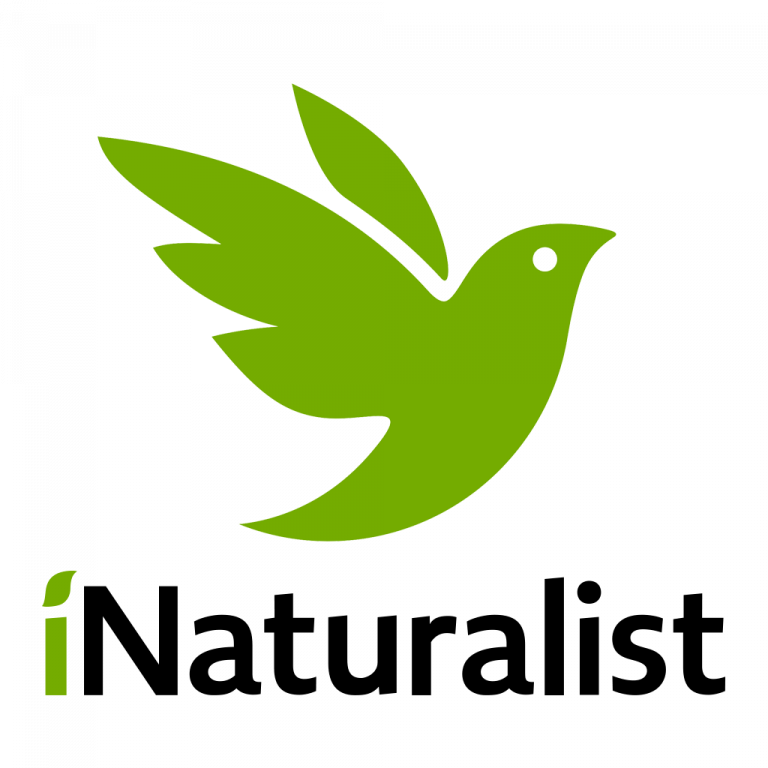Mothing 101


Lighting
Set up can be as easy as turning on a porch light and seeing what visits or casting bright light onto a white sheet in a chosen area.
Helpful Tips
- Using a white bed sheet draped over a tree limb or hung up across two posts makes a perfect landing pad for moths.
- Black Light is preferred among hobbyists and seems to attract the most insects, but any bright light will work
Check out our video library for video guides on how to get setup for mothing in your backyard!

Taking a Photo
Once a moth has landed, wait a bit and let them settle and snap a photo with a camera or your phone. Be sure the moths have identifiable features shown in the photos and good lighting.
Helpful Tips
- Be sure the moths have identifiable features in the photo
- Use a flash to ensure there is plenty of light
- Make sure the moth is the only thing in the photo so identification is easier
Taking a Photo
Once a moth has landed, wait a bit and let them settle and snap a photo with a camera or your phone. Be sure the moths have identifiable features shown in the photos and good lighting.
Helpful Tips
- Be sure the moths have identifiable features in the photo
- Use a flash to ensure there is plenty of light
- Make sure the moth is the only thing in the photo so identification is easier


Upload
Upload your photos to our partner databases to have them identified and added to the database for moth research. You’re officially a citizen scientist!
Helpful Tips
- iNat allows you to upload from your phone in the field. Just download the app and check out their tutorial.
- Project Noah allows you to upload photos in a new easy to use site, on the missions page for Moth Week.

